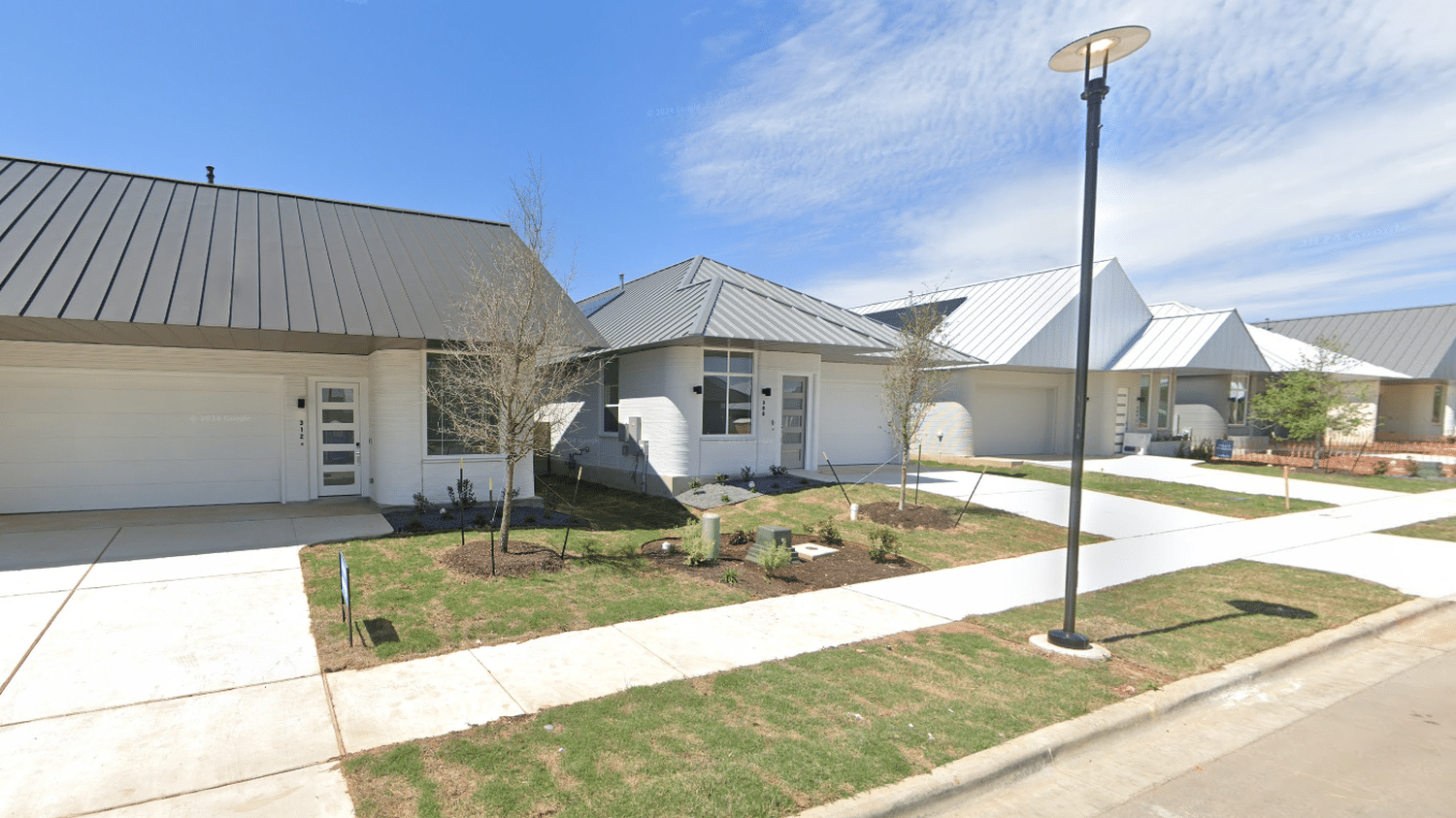In Georgetown, near Austin, the capital of Texas, a real estate developer has finished building what he is billing as the first neighborhood made up of houses built using 3D printing.
Published
Reading time: 3 min
In Texas, a hundred houses, built using a giant 3D printer, were completed at the beginning of September, to form a Georgetown neighborhood, Wolf Ranch, near Austin. Work began in November 2022 in this region of Texas, which is experiencing one of the strongest population growths in the country.
The giant printer that made them is called Vulcan. It is 4.5 meters high, 14 meters wide and weighs almost 5 tons. It lays down, layer after layer, a mixture called Magma, made of special concrete, water, sand, and created by the company Icon, which developed the printer and which began printing 3D houses in 2018.
Vulcan builds one-story, three- to four-bedroom homes in about three weeks, not including the foundation and roof. The homes range in price from $470,000 to $600,000, while the average home in Georgetown is $460,000. And the walls aren’t square, as is typical of wooden homes in the area. “Aesthetically, nothing resembles these houses and even if they are made by a machine, the houses are warm”says one of the promoters.
On the other hand, for the foundations and the roof, construction is done in the traditional way. Beyond technological performance, these 3D printed houses have particular advantages, sAccording to the developers, these advantages are even very significant. The houses are faster to build, cheaper, requiring fewer workers and fewer materials, which also means less waste. Additionally, once inside the house, the walls would insulate remarkably well from the outside, which in a state like Texas where it can get very hot in the summer, is a plus, especially since it is a very hot summer. included on the electricity bill.
The walls and their curves would also provide more guarantees against hurricanes and tornadoes, two climatic phenomena that Texas is not immune to. The walls would be able to withstand winds of 400 km/h. And since there is little or no organic material – no wood, for example – there is no risk of rotting.
We can expect to see the technique spread, but iThere is still a lot to do to optimize the method. Icon, to go further than what Vulcan can do, has also developed a new model, called Phoenix: a sort of giant robotic arm that can build walls eight meters high. It will also take care of the foundations and the roof. The construction time of a house would be reduced by six months with Phoenix. A 70m2 house would even be imaginable in 24 hours.
Of course, we will have to see how construction workers, who represent almost 5% of the total workforce in the country, react. Icon is also working with NASA to export its technology to the moon and thus build buildings there with a view to a human presence.
